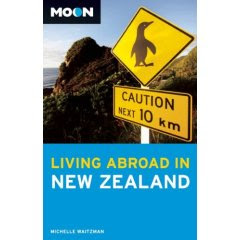 Photo: Naturescapes Starters
Photo: Naturescapes StartersEvery once in a while there is a tragedy that reminds me why I don't go out into the wilderness alone. The quiet and solitude must be wonderful, but for me they are more than counter-balanced by the fear of getting lost, getting injured and being unable to contact anyone, and in some places the possibility of becoming prey for an animal or group of animals.
This last danger has been in the news lately, after a 19 year old Canadian woman was attacked by two coyotes in Nova Scotia and died from her injuries. This is a very unusual situation, as coyotes are not often brave enough to go after people, and prefer to pick off pets or other small wildlife. Sometimes they team up to take down deer.
Nobody is sure what happened, since the woman was alone and didn't live to tell the story. She may have run from the coyotes, thus triggering their chase instincts. She may have tried to get too close to them. They may have been desperately hungry and willing to kill whatever they could find.
One thing I feel fairly confident about is that it wouldn't have happened if she hadn't been alone. Attacking lone prey is much easier than attacking a group. In fact, they probably would have stayed hidden if there had been a group of people around.
I know that many people cherish their solo time in the wilderness. Hopefully they have taken the time to learn about the local wildlife, and how to protect themselves in case of a threat. I consider it a real treat to spot wildlife in its natural habitat, but I'm all too aware that I'm on their turf and need to play by their rules.
If you want to read about the woman attacked by the coyotes, there's a story here. In the mean time, please be careful out there!























 Why did the impala cross the road?
Why did the impala cross the road?






